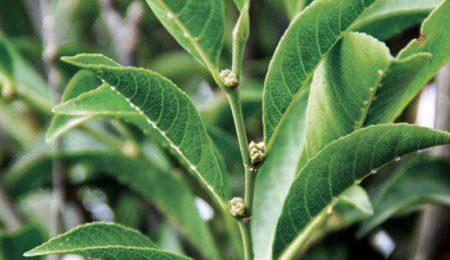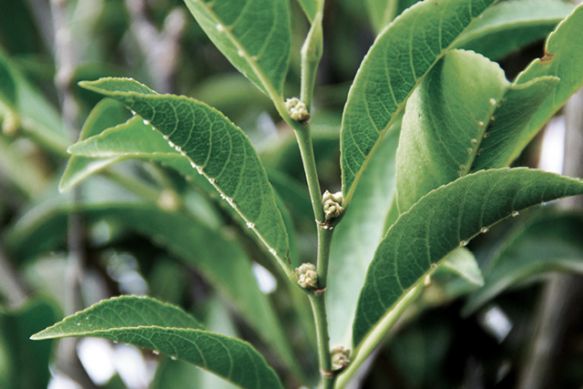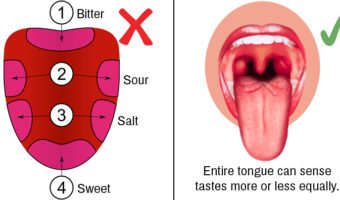A Plant That Actually Eats Heavy Metal Has Recently Been Discovered In Philippine

Evolving of plants has seen them exclude any type of metal from their surroundings. The Rinorea Niccolifera however, is not like most plants. It was discovered in the Philippine jungles; this plant can amass up to 18,000 ppm of metal in its roots and leaves and not get poisoned. This is like 100 to 1000 times what normal plants take in. University of Philippines-Los, Banos researchers, in a new report said that its ability to accumulate such huge amounts of toxic metals could be the solution to most toxic waste sites found around the world. The discovery is therefore very important.
The tree is small, 1.8 meters tall normally and with a stem that ranges from 3 to 13 centimeters in diameter. The Niccolifera name refers to the species ability to hyper-accumulate nickel, a heavy metal, in its leaf tissues and stem.
This species is unfortunately endangered and its habitat has been termed as severely ‘fragmented’. Its recordings have so far been from three adjacent localities only, from its current location which is less than 500 km and declining. The study indicates that the species is open to industrialization and open pit mining.
It goes on to say that, since this plant species is a ‘hyper-accumulator’, it should be exploited for its accumulation traits like environmentally green technologies. This plant can be used to clean up metal filled soils and old mines. The leaves and roots can later be burned and the valuable metals gotten can be sold and re-purposed.
“Hyper accumulator plants have great potentials for the development of green technologies, for example, ‘phytoremediation’ and ‘phytomining’,” said Augustine Doronila, co-author of the paper on the plant species and a researcher at the University Of Melbourne, Australia.
Phytoremediation is the use of hyper accumulator plants to extract heavy metals from contaminated soils. On the other hand, Phytomining is the use of these plants to grow and harvest, so as to recover valuable commercial metals in the shoots of the plants in metal-rich sites.
The use of plants to extract metals from soil that’s contaminated is not new and has been used since the 1990’s. Countries that use this type of green technology include Thailand, India, Brazil and China.
We should try and save these kinds of species in their native habitat since they can be used to clean up after us. Maybe it’s time we worked with nature instead of the continuous destruction we have been subjecting it to.[quote_box_center]“If we can understand the chemistry of how these plants can load themselves with so much nickel without being poisoned, it may help us make novel compounds to combat some degenerative disease,” Doronila said. “If we are to allow mining or logging in these areas, we have to oblige the miners and the loggers to restore these habitats.”[/quote_box_center]Discoveries like this could be the solution to current problems we have today!
[Source www.takepart.com, www.pensoft.net, www.sciencedaily.com]
























